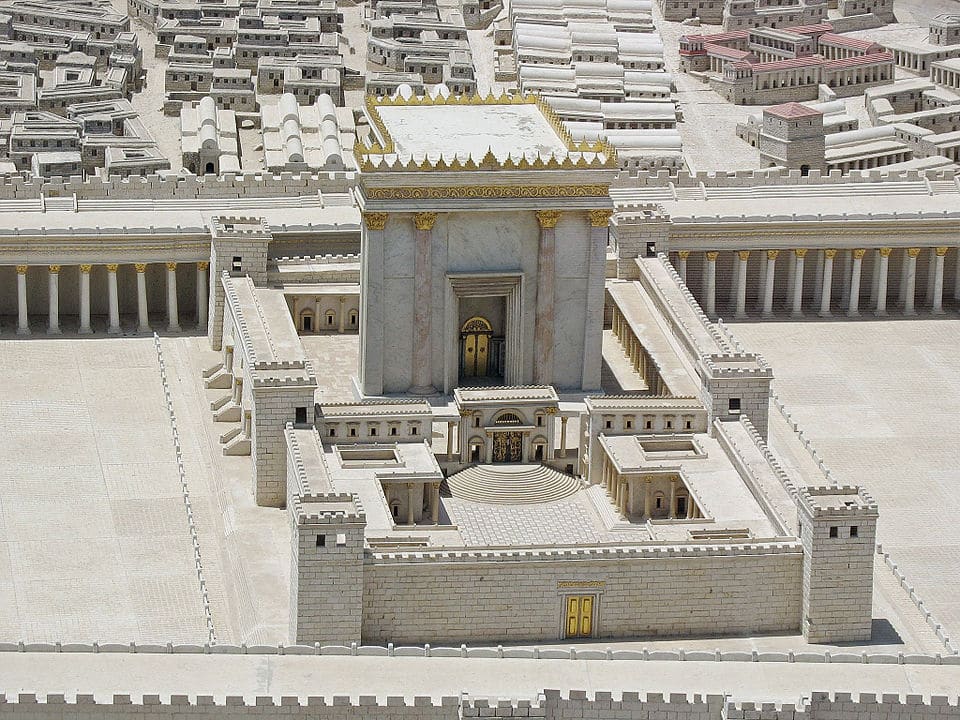
Introduction

Circa 1020 BC, to stave off the constant attacks by neighbouring tribes, the Israelite clans united under Saul, the first ruler of the Kingdom of Israel. He defeated the Philistines, although at the cost of his own life. His successor David also conquered Hebrew territories east of the Jordan River.
King David established an administration based on the Egyptian model. The third king in succession, Solomon, brought the kingdom economic prosperity.
He entered into an agreement with the ruler of the Phoenician port of Tyre and entered into trade relations in the Mediterranean region and with the Arabs as far south as Sheba, in present-day Yemen. As a result, Solomon was, among other things, able to finance the construction of the Temple of Jerusalem next to his palace.
The kingdom of Israel shared its religious beliefs with its smaller neighbour to the south, Judah. There was however intermittent warfare between Judah and the Kingdom of Israel, and a long series of wars between Israel and the Kingdom of Damascus, Judah’s ally. Finally, Palestine was conquered by the Assyrians between 740 and 722 BCE. The first Kingdom of Israel existed for two centuries.
Thereafter, Palestine was ruled by the Babylonians, who destroyed the Temple in Jerusalem in 586 BCE, and the Persian Empire under Cyrus II. Under Persian rule, Phoenicia, Syria and Palestine were one province. Cyrus ordered the rebuilding of the Temple in Jerusalem, which was completed in 515 BCE.
Alexander the Great

In 332 BCE, Greek culture started to influence Palestine when Alexander III of Macedon, known as Alexander ‘the Great’, conquered Phoenicia and Palestine. Palestine was especially important to him – as to so many before him – as a corridor to Egypt.
After Alexander’s death in 323 BCE, Palestine, a large part of Syria and Phoenicia all fell to Ptolemy, one of Alexander’s generals, who established himself as king in Egypt.
Another of Alexander’s generals, Seleucus I Nicator, disputed Ptolemy’s rule over Syria and Phoenicia. Circa 200 BCE, his Ptolemaic successors and the Seleucids settled the dispute in the Battle of Panion, on the northern boundary of Galilee. The Ptolemaic king’s possessions north of the Sinai passed to the Seleucid ruler Antiochus III the Great.
Judas Maccabeus

The next Seleucid ruler, Antiochus IV, tried to Hellenize Palestine by force. A fortification for the Seleucid garrison was built on the Citadel in Jerusalem, the treasures of the Temple were despoiled, circumcision was prohibited and the observance of the Sabbath was abolished. In 168 BCE, an altar was set up for Baal in the Temple at Antiochus’ command.
Under Judas Maccabeus’ leadership a successful revolt took place amongst the Jews. This was the beginning of the rule of the so-called Hasmonean House, Jewish self-rule by priest-kings, that lasted until 63 BCE, when the Romans entered Palestine after having conquered the Seleucid kingdom.

